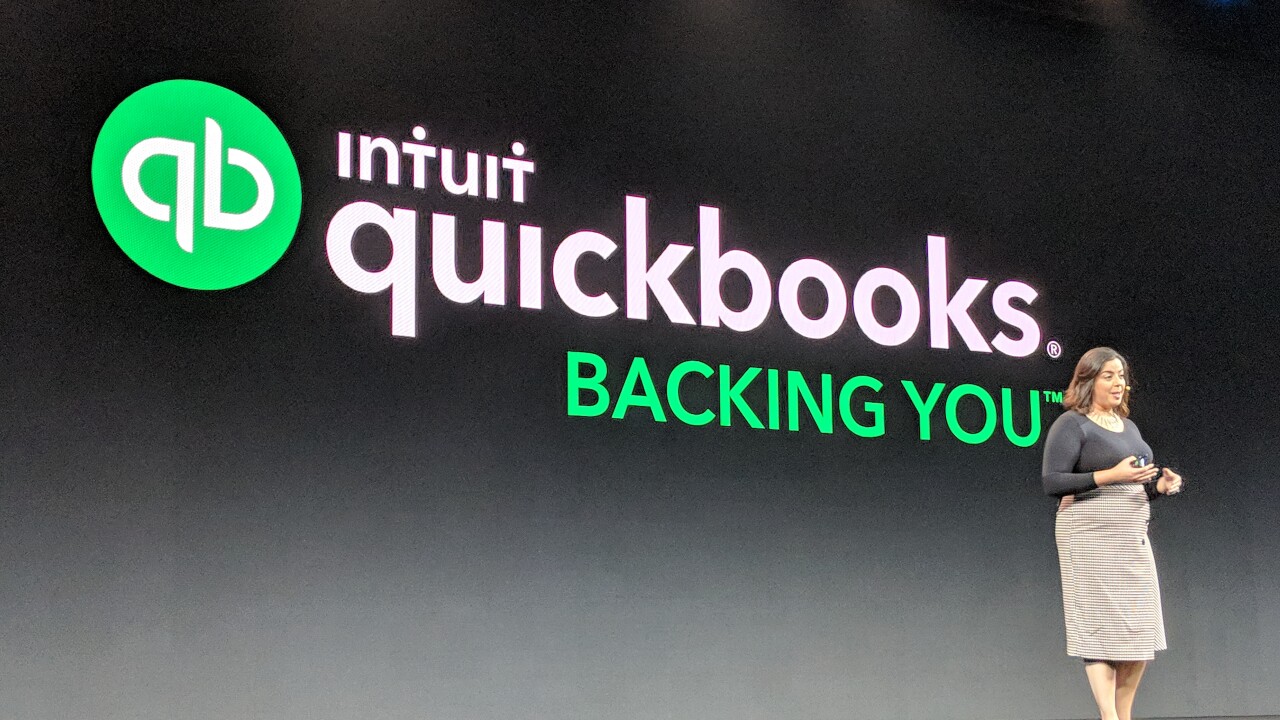Less than nine months after uncovering the $215 million financial fraud at Peregrine Financial Group, Confirmation.com said that its electronic audit confirmation service was used to uncover another case of financial fraud.
This time it was hedge fund owner and operator James A. Shepherd of Vass, N.C., who has pleaded guilty to stealing millions of dollars from more than 100 investors over a seven-year period.
According to court records, James Shepherd engaged in a commodity pool fraud where he solicited pool participants to invest in the Shepherd Major Play Option Fund. But instead of using the funds for trading on-exchange options on futures contracts, he allegedly stole more approximately 60 percent of the fund’s assets to support his personal lifestyle including building a $2 million home. To conceal his fraud for so long, he used Adobe Acrobat to create fraudulent bank statements and misdirected the auditor’s bank confirmation letters.
Confirmation.com CEO Chris Schellhorn compared the fraud to that of Peregrine founder Russell Wassendorf Sr., who was sentenced in January to 50 years in prison (see
The fictitious bank statement from Dec. 31, 2012 indicated that the Major Play Fund had $6,041,085 in cash, but the fund’s only bank account had a balance of approximately $81,584. It was the auditor for the National Futures Association that insisted on using Confirmation.com to verify the fund’s bank balance electronically that led to the discovery of Shepherd’s fraud scheme.
“He [James Shepherd] failed to authorize Confirmation.com to electronically confirm the balances” said NFA president Dan Roth in the official case against Shepherd. In the statement by the U.S. Attorney’s Office from the FBI’s website, “the accountant insisted on verifying the cash balance of (the) fund’s bank account electronically, through the audit confirmation website www.confirmation.com, which is now the commonly used method of verification by accountants. Shepherd delayed and then refused to give the accountant authority to utilize the website to verify the cash balance.”
“Like Wasendorf, by refusing to give the auditor authorization to use Confirmation.com to confirm the fund’s bank balance, Shepherd was essentially admitting guilt,” said Brian Fox, founder and chief marketing officer of Confirmation.com. “When an auditor’s client won’t authorize the use of Confirmation.com that’s a strong warning sign that fraud is taking place.”





